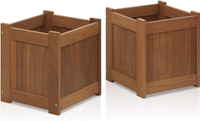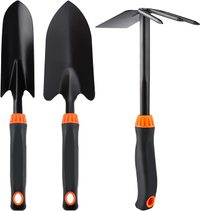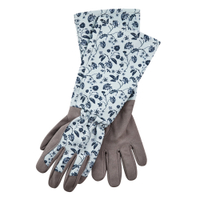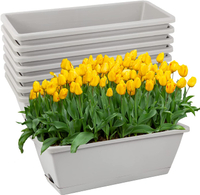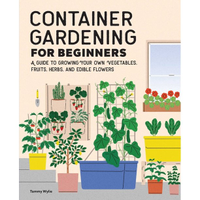The 12 most common container gardening mistakes that will spoil your planting efforts – and how to avoid them
Overwatering, lack of fertilizer, and crowding your containers are just three of the issues that threaten to ruin your planters. Here's how to avoid it
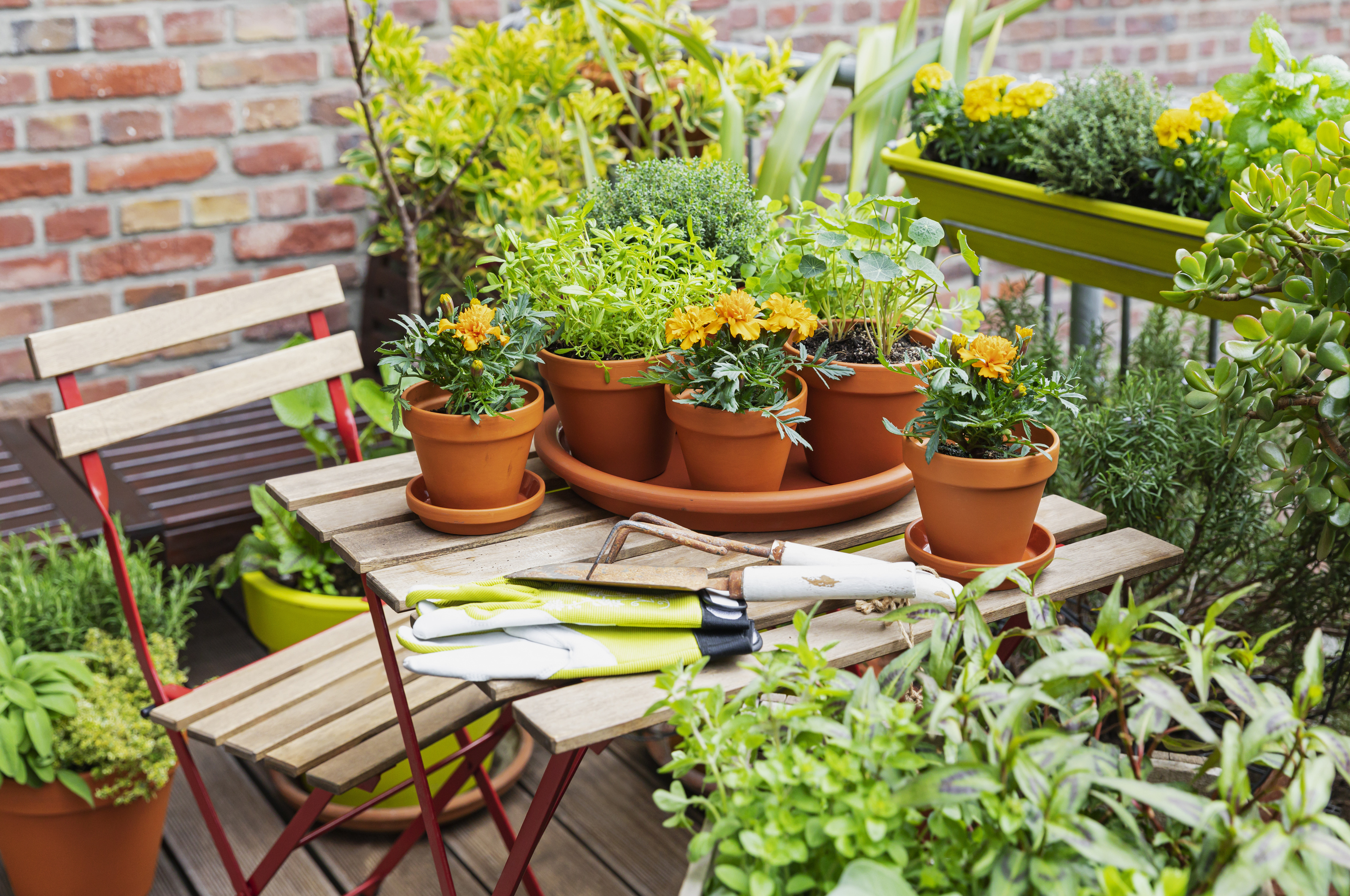

Container gardening is the easiest way to introduce beautiful blooms to your outdoor spaces, no matter the space available. Whether it's a small patio or just a sliver of a balcony, as long as there's floor space and sufficient sunlight you can give this gardening idea a try. Before you start potting up your plants this spring, however, there are a few things you ought to know about first.
Now that March is here, we can finally start venturing into our backyards once more. If you're a gardening novice, container planting is the best way to dip your feet into the green-thumbed community, but, easy as it may be to embrace the idea in your backyard, there are some common mistakes those without a gardening background are likely to make.
Overwatering, lack of fertilizer, and crowding your containers are just three of the issues that threaten to turn your planters from luscious to lackluster. To grasp a better understanding of the most common container gardening mistakes and how to avoid them, we asked some expert gardeners for their insight. Below is everything you need to know before putting compost in your container if you want a beautiful container garden this season.

Lilith is an expert at following news and trends across the world of interior design. She's committed to helping readers make the best choices in their homes (and backyards) through sharing practical tips and guides. In this article, she speaks with expert gardeners to learn about the most common container planting mistakes and how to avoid them
12 most common container gardening mistakes
1. Choosing the wrong sized container
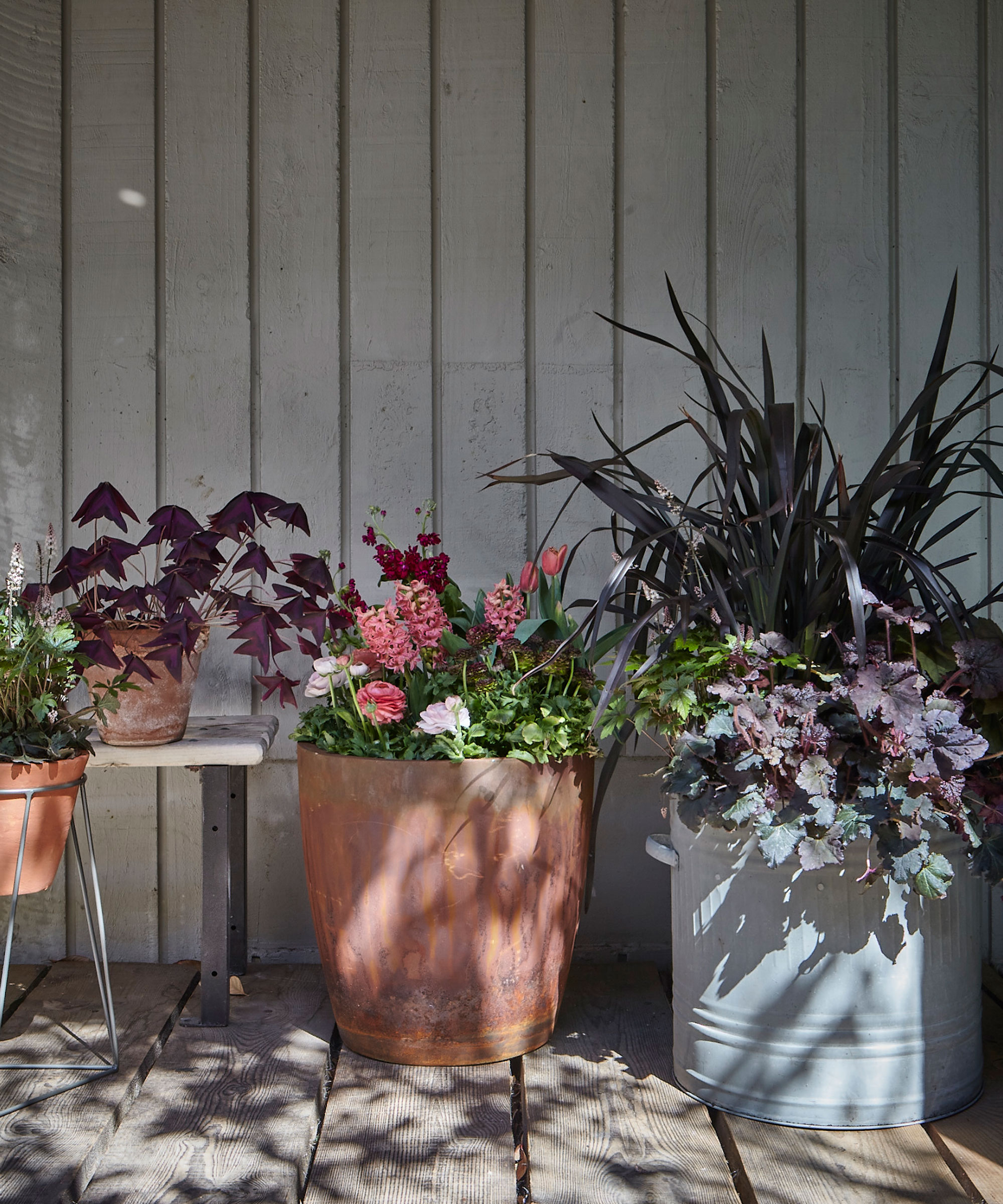
Container gardening isn't simply a case of finding the nearest planter available and filling it with whatever takes your fancy. You'll need to use the right sized container with sufficient depth, depending on what you're planting.
'If you choose a pot that is too small, your plants may become root-bound, meaning the roots don't have enough space to grow properly,' explains Reese L Robins, gardening expert at Just Pure Gardening. 'It can lead to poor growth, nutrient deficiencies, and wilting of the foliage.'
Similarly, if your containers are too big, they'll be at higher risk of becoming waterlogged. As Reese notes: 'A larger container can hold more water, and if the soil doesn't drain properly, the excess water can cause root rot and other plant diseases leading to wilting of the plant.'
As a general rule of thumb, choose a pot that is 1-2 inches larger than the plant's root ball. 'Depending on the growth, you can then repot the plant every 1-2 years to prevent root-bound conditions,' says Richa Kedia, gardening enthusiast and blogger at Nursery Lady.
Be The First To Know
The Livingetc newsletters are your inside source for what’s shaping interiors now - and what’s next. Discover trend forecasts, smart style ideas, and curated shopping inspiration that brings design to life. Subscribe today and stay ahead of the curve.
2. Overcrowding a container with too many plants
Closely tied to the mistake of using the wrong sized container is overcrowding with too many plants. If you're using a small pot and try to cram too many plants in there together, there won't be space for them to flourish. As Reese explains: 'Overcrowding plants can lead to competition for nutrients, water, and light, resulting in stunted growth or even death.'
To avoid overcrowding, it's crucial to choose plants appropriate for your container's size, allowing enough space for them to grow and spread out. This will of course differ depending on the plants you're growing. 'Plants like tomatoes and cucumbers require a lot of space to grow and spread out, while others, like herbs and lettuce, can be grown closer together,' says Richa.
Small perennial flowers will generally be fine if planted close together, but make sure you do your research before potting if you want them to prosper. Vegetable container gardening will require even more know-how if you're planning to put different plants in the same pot.
2 large wooden planters, Amazon
These large wooden planter boxes from Amazon are perfect for container planting with an array of colorful blooms or even a small tree. The dark red meranti wood is treated with teak oil for a natural look that will blend beautifully into your backyard and offer the ideal foundation for your floral displays.
3. Not choosing containers with sufficient drainage
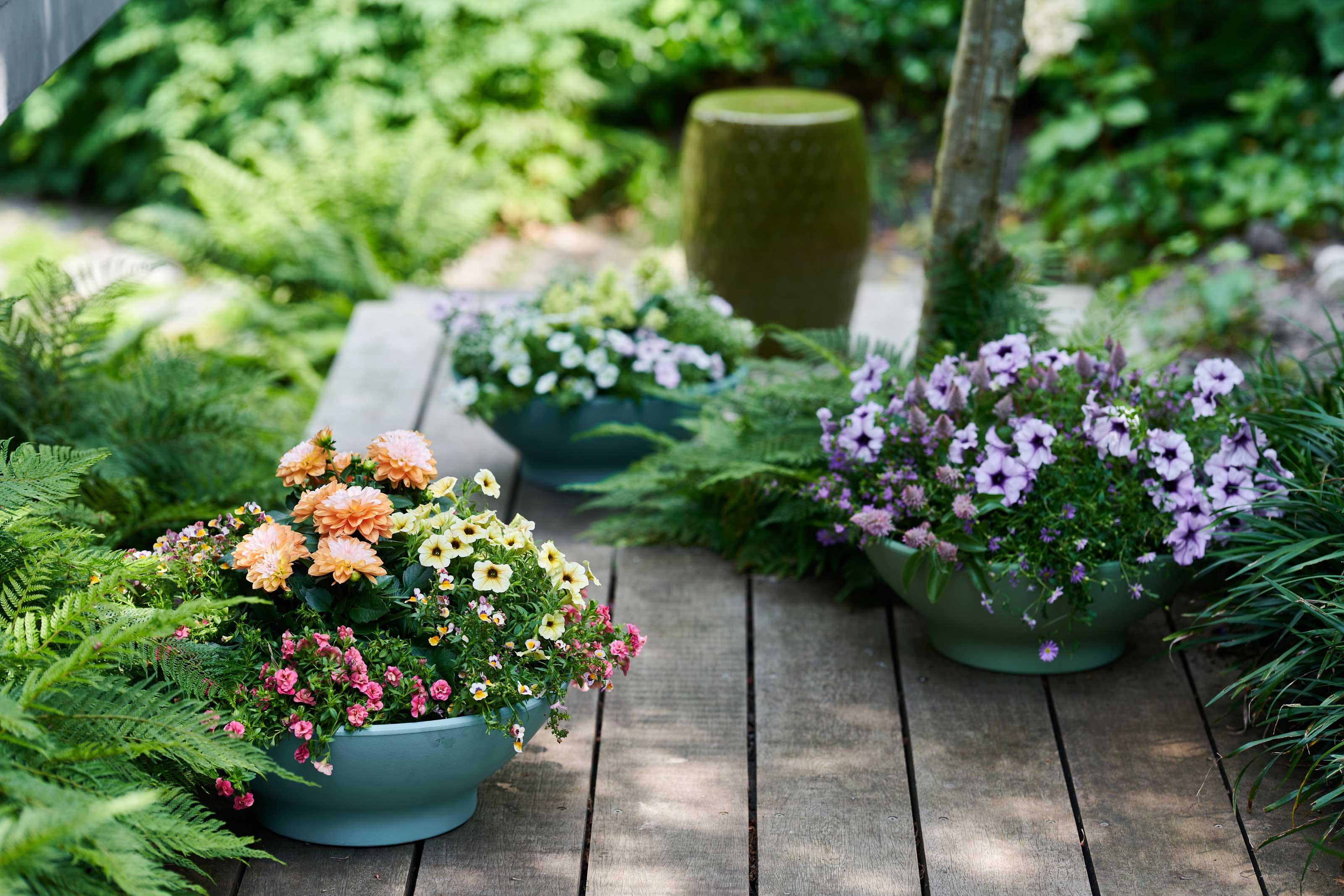
'Proper drainage is crucial for plants' health and growth, especially when grown in a container,' says Richa. 'If you fail to provide adequate drainage holes in a pot, the soil will likely get waterlogged, leading to various issues that can negatively impact your plants, including root rot, pest infestation, and mold growth.'
To ensure proper drainage in your container garden, you'll need planters with adequate drainage holes. In most cases, this will already be the case, but some might be too small or not have holes at all. According to Richa, the holes should be large enough to allow excess water to drain out of the container but small enough to prevent soil from escaping. If you find that soil is finding its way out of the drainage hole, use a few stones or pebbles in the bottom of your container to filter out the excess water. And, of course, you'll also need a proper watering schedule that sticks to the best time for watering your garden.
4. Using the wrong type of soil
As well as the planter itself, you'll also need to use the right soil to ensure sufficient drainage if you want your small garden to flourish. 'Different plants have different soil requirements, so choosing the right type of soil for the plant you're growing is essential,' says Reese.
In more general terms, however, a potting mix should be well-draining but, at the same time, retain moisture without becoming waterlogged. 'You can add perlite or vermiculite to your soil mixture to help promote drainage and aeration,' says Richa.
3-piece hand gardening tool set, Amazon
If you're new to gardening, this 3 piece tool set from Amazon is all you need to get started. It includes a lightweight trowel, a hand transplanter, and double-hoe, all of which have an ergonomic grip handle and a hanging hole for convenient storage.
5. Under- or over-watering
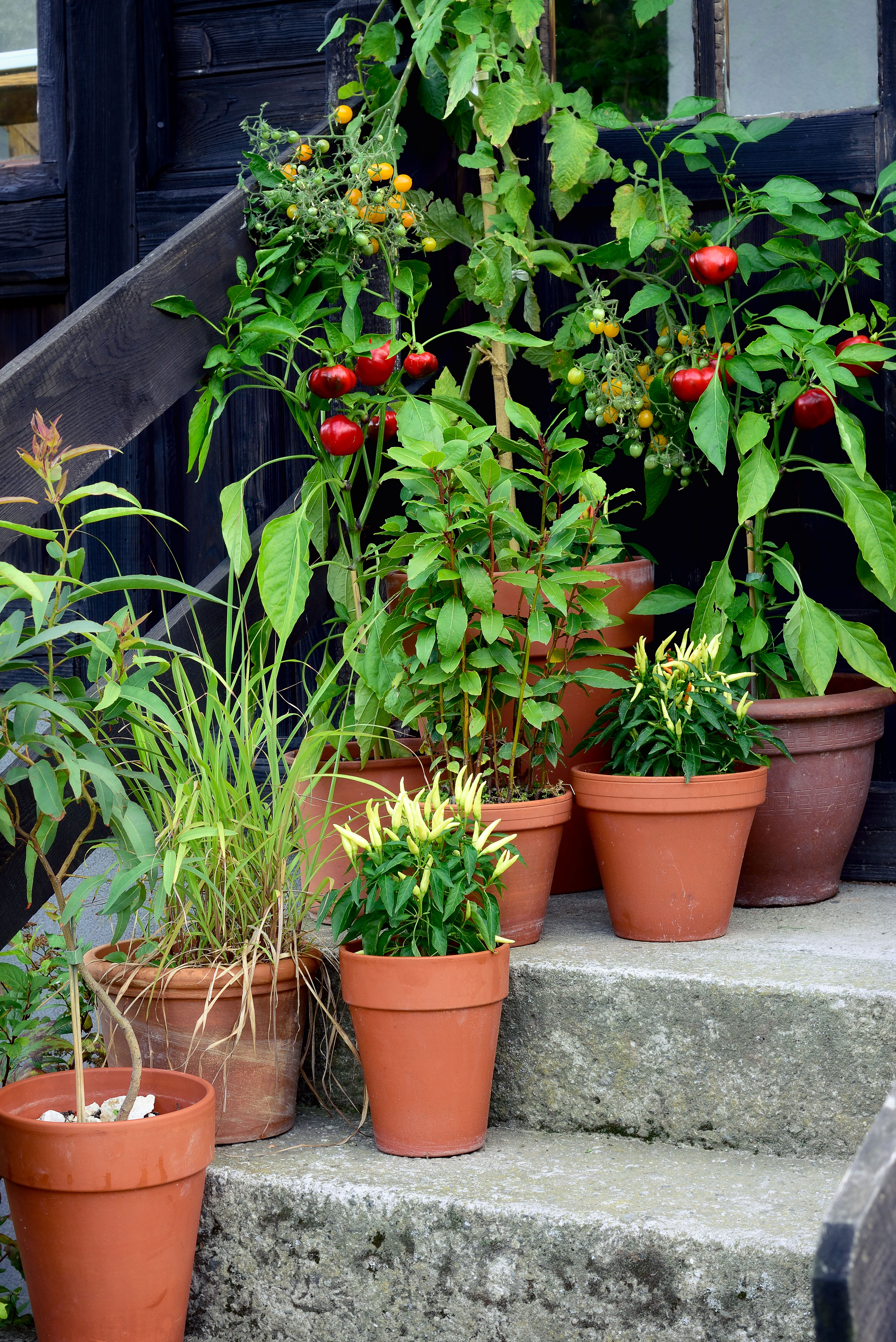
Unlike watering your flower beds which have large root systems and more soil, watering your container garden takes a little more care and attention. This means there's a greater risk of under or overwatering your plants. 'Watering too little or too much can harm plants, so finding the right balance and adjusting watering based on the plant's needs is important,' says Reese.
'Overwatering happens when you give your plants too much water, either by watering too frequently or by giving them too much water at once,' says Richa. 'It can lead to several problems, including root rot, fungal growth, and pest infestation.' Underwatering, on the other hand, manifests in the form of drooping leaves, wilting of the plant, and nutrient deficiency.
Both can cause your plants to die completely if left unchecked. 'Make sure to check the soil every 2-3 days and decide whether you need to water your plants now or skip it for the next day,' Richa suggests. That said, don't be over-attentive to your plants either. If they're still looking limp after watering, leave them a day or so before watering again to risk turning the problem on its head. You'll be surprised at how well they can bounce back overnight.
6. Not fertilizing regularly
If your plants are really struggling even after adjusting your watering schedule, then they might need a little fertilizer to boost their growth and provide the extra nutrients that they don't get from ground soil.
'Container plants require regular fertilization to provide enough nutrients for the plant to grow and thrive,' says Reese. A water-soluble fertilizer (like this one from Amazon) that you add to your watering can every few weeks is one of the most convenient ways to do this.
Floral gardening gloves, Walmart
For ultimate protection whilst gardening, try these gloves from Walmart. Sturdy synthetic leather on the palms and fingertips helps to protect your hands from cuts, pricks, and blisters while you work, while the elbow-length gauntlet cuffs protect your forearms. We love the pretty pattern best of all. Who said gardening couldn't be stylish?
7. Ignoring light requirements
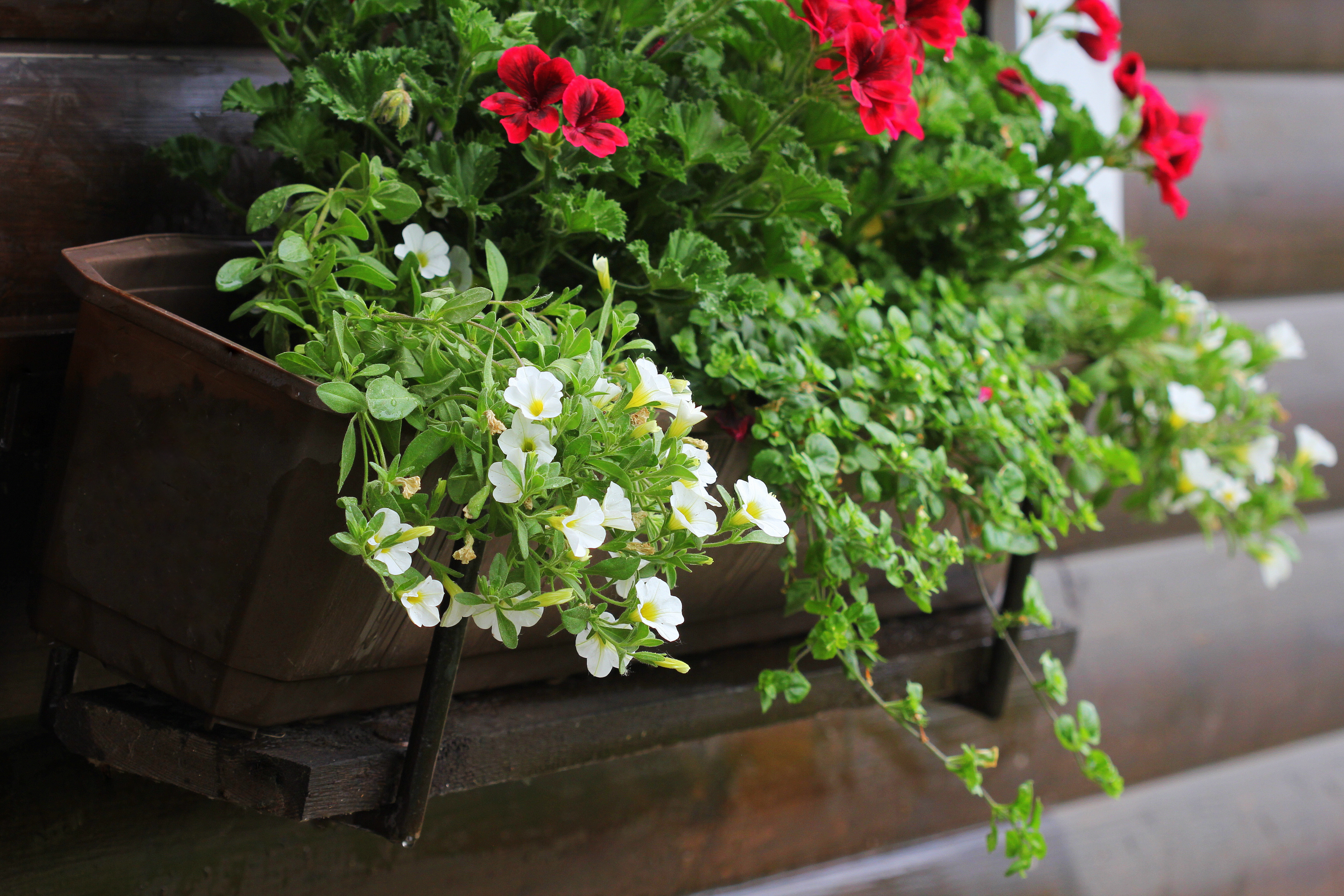
One of the best advantages of container planting is its versatility. Your pots can be moved around to your heart's content, or even be transported with you if you're moving house. With that in mind, there's no excuse for leaving them to the perils of poor lighting conditions in a shady garden, unless that's what your plants enjoy.
'Different plants have different light requirements, so choosing the right location for your container plants is important,' notes Reese. Be sure to keep sun-loving plants like succulents in full light throughout most of the day while species like creeping Jenny will prefer more shade. If the conditions of the spot your container is in change throughout the year, be sure to move it as necessary.
8. Not supporting tall or vining plants
Tall, creeping, or vining plants such as clematis or sweet peas will need to have proper support. 'Other potted favorites like tomatoes or climbing roses will also require support to grow upright and thrive,' Reese adds.
You could either position your container near a fence or garden trellis for an easy fix or, if your container isn't near a structure like this, use bamboo canes to make a DIY support for your plants. The easiest way to do this is to collect three canes, tying them together with twine at one end, then staking the other splayed ends into your container for a supportive frame.
These window box planters from Amazon have an integrated planter tray and two drainage holes to allow excess water to drain. They're perfect for beginner gardeners and, measuring just 17x7x6.3 inches, they fit perfectly on most windowsills, balconies, and other narrow areas making them ideal for those with minimal space.
9. Neglecting to prune or deadhead
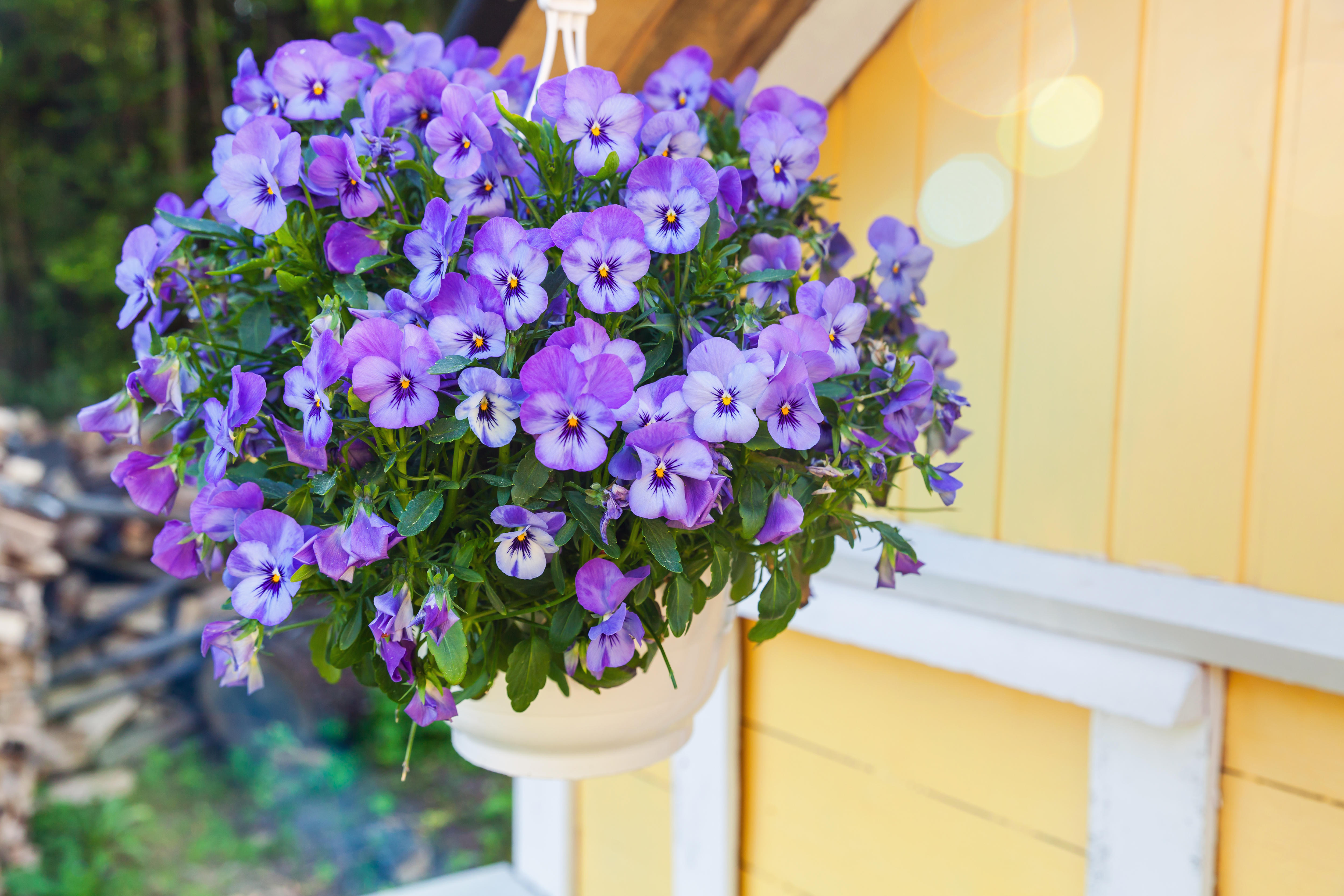
Don't be fooled into thinking container plants won't need pruning, deadheading or weeding. As plant mature, you'll need to maintain them to keep them as healthy as possible.
'Regular pruning and deadheading can help container plants stay healthy and produce more blooms or fruit,' explains Reese. If you allow flowers to go to seed or fail to deadhead them often, vital energy and nutrients in your plant will be wasted.
10. Failing to rotate or rearrange plants
Once you've arranged your planters in a way that brings your landscaping ideas to life, it's likely you'll never want to move them again. Yet, if you keep your container plants in the same arrangement all year round, you'll end up with uneven growth. 'This is because moving containers around or rotating the position of containers will help ensure the plant gets sufficient sunlight and air circulation,' explains Reese.
Container gardening book, Walmart
If you're keen to dip your toes into container gardening but want a gentle introduction, this book from Walmart is a good place to start. Container Gardening for Beginners is packed with everything you need to know about using different types of containers to grow your own vegetables, herbs, fruits, and flowers.
11. Not considering plant compatibility
Companion planting is a lesser known gardening technique, but it's crucial you spare a thought to which plants you pair together if you want to reap the best benefits, both practially and aesthetically.
'Different plants have different needs, and putting incompatible (enemy) plants together in the same container can lead to issues like competition for nutrients or space or one plant overtaking the other,' says Reese.
You'll also want to choose a selection of plants appropriate for your environment. 'Opt for plants appropriate for your region's temperature and humidity and your garden's light conditions,' Richa explains. 'If you choose a bright light plant such as fiddle leaf fig and place that in a spot that gets low light or hardly any sun, then your fiddle leaf fig will most likely get leggy and struggle to grow. Similarly, most tropical plants struggle to grow in an arid climate.'
12. Creating containers that are too heavy
Last but not least, spare a thought to the weight of your container. You'll want one that's light enough to be easily moved yet heavy enough to not tip over. Too heavy and it could cause structural damage to the surface below or be impossible to move.
'Containers can be heavy, especially when they are filled with soil and water, and this can cause a variety of problems,' says Richa. 'Some common problems include structural damage to decking and problems moving the container, especially during winter.' To fix this issue, Richa says you should always choose containers made from lightweight materials and fill them with a light potting mix.

Lilith Hudson is a freelance writer and regular contributor to Livingetc. She holds an MA in Magazine Journalism from City, University of London, and has written for various titles including Homes & Gardens, House Beautiful, Advnture, the Saturday Times Magazine, Evening Standard, DJ Mag, Metro, and The Simple Things Magazine.
Prior to going freelance, Lilith was the News and Trends Editor at Livingetc. It was a role that helped her develop a keen eye for spotting all the latest micro-trends, interior hacks, and viral decor must-haves you need in your home. With a constant ear to the ground on the design scene, she's ahead of the curve when it comes to the latest color that's sweeping interiors or the hot new style to decorate our homes.
-
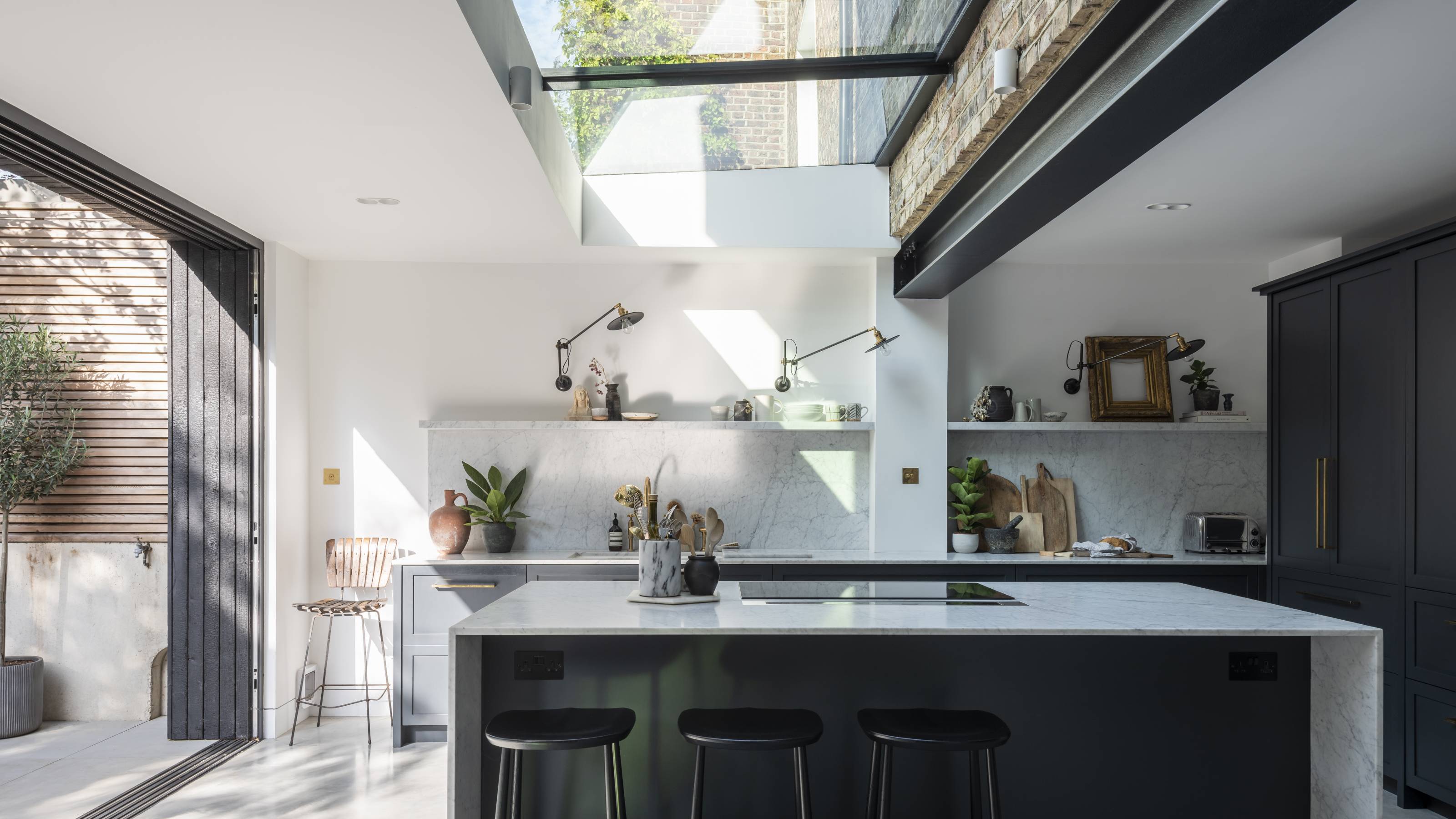 How Much Does an Extension Cost in 2025? Renovation and Design Experts Break Down Your Budget
How Much Does an Extension Cost in 2025? Renovation and Design Experts Break Down Your BudgetExplore how much different types of extensions cost in 2025 to budget for your project accurately
By Amy Reeves Published
-
 8 Blue And Orange Living Room Ideas Where "Enveloping And Transformative" Is the Mood
8 Blue And Orange Living Room Ideas Where "Enveloping And Transformative" Is the MoodA blue and orange scheme for living rooms may sound jarring, but these spaces prove they're striking, vibrant, and certainly unforgettable
By Camille Dubuis-Welch Published
